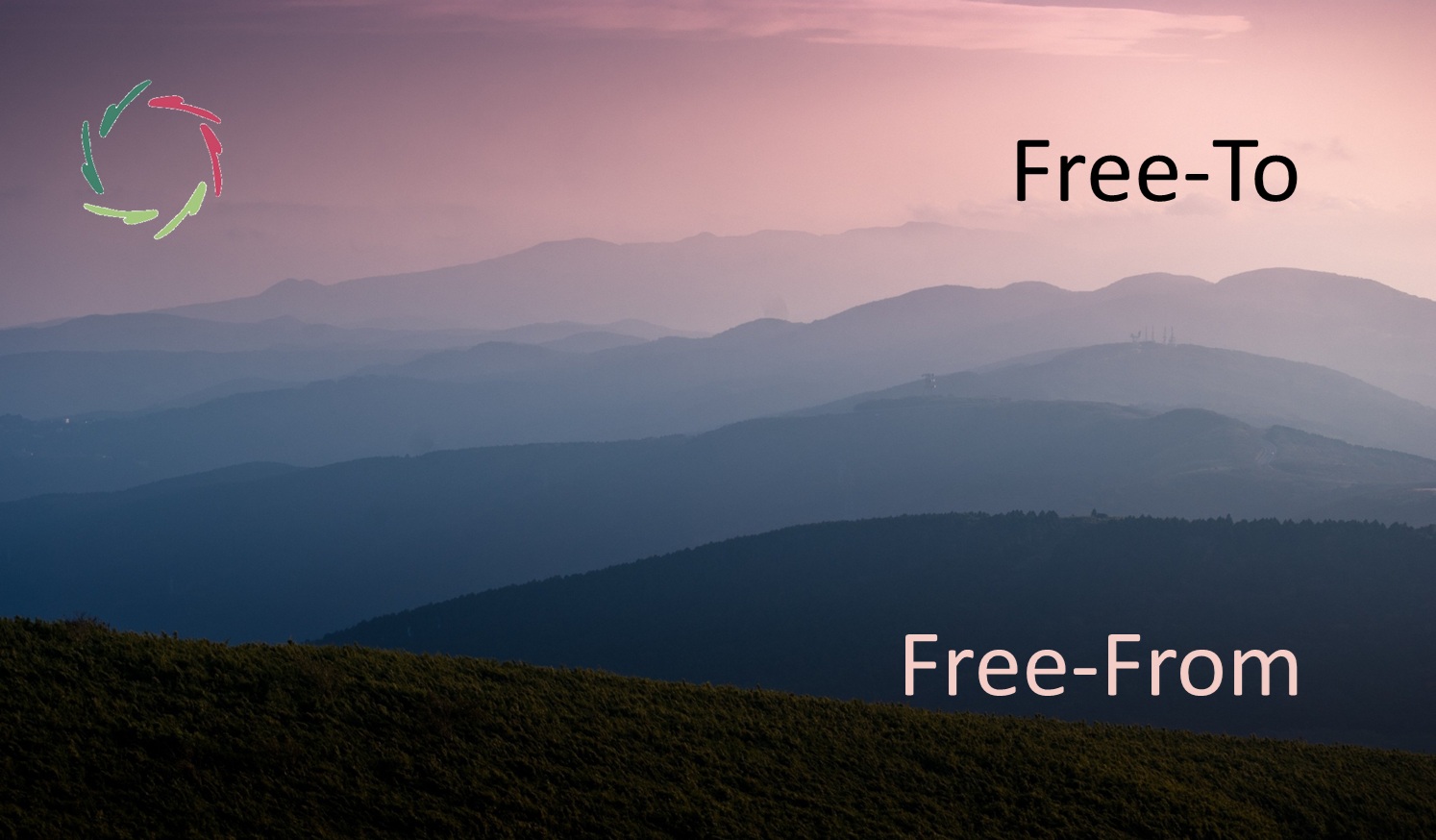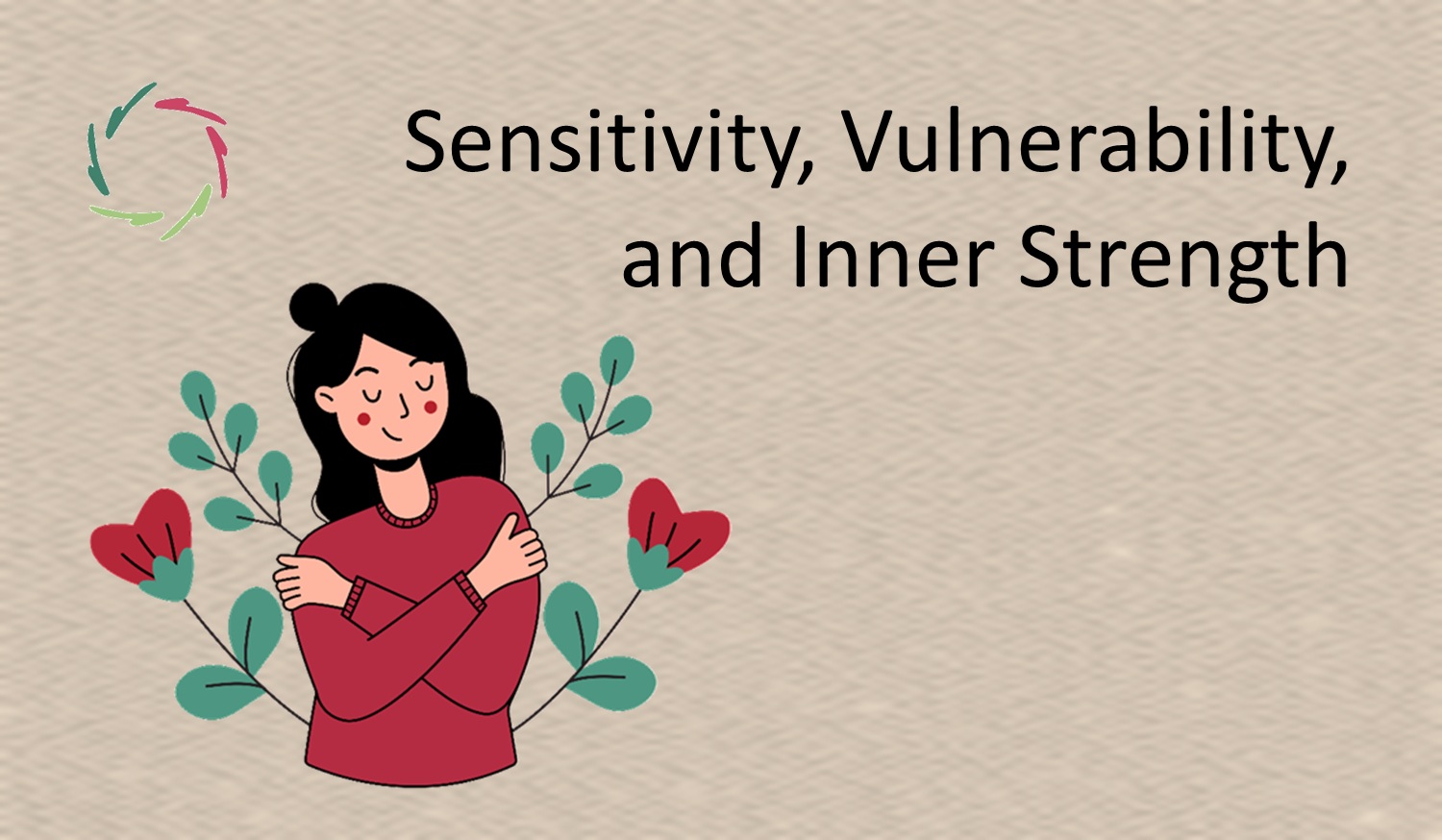If Silence Had Sound

What if silence were not the absence of sound, but the presence of something deeper?
This blog explores the voice of silence as wisdom, Compassion, and inner trust — weaving together prajna, autosuggestion, and the subtle sounds of meaningful simplicity.
The paradox of silent sound
Sometimes a song says more than any explanation. In The Sound of Silence, the listener is taken into a world flooded with unspoken cries, misheard truths, and lights that ‘split the night.’ It’s haunting precisely because silence here is not quiet. It is full. It holds a kind of truth that loudness cannot reach.
What if silence had sound? Not just any sound, but a sound so close to being that it doesn’t even need a voice. A sound that comes before words and perhaps stays even after them. This is the sound Lisa listens for – and helps others listen to – in deep autosuggestion and inner coaching.
Silence as trust
Silence is often avoided because it feels like nothing is happening. But when a person enters silence with trust, he is not stepping into a void — he is stepping into a flow. This trust is not naïve. It’s a confident waiting, a stillness that says: “Something is coming. And it will be real.”
In AurelisOnLine autosuggestion sessions, this kind of trust is essential. The sessions do not demand results. They invite unfolding. There are many pauses, which are not blanks but living spaces where the non-conscious begins to speak in its own quiet language. The person who trusts this silence will not be blocked, even if nothing seems to happen. The flow is already moving beneath the surface.
The inner echo
If silence had sound, it might be the echo of the self recognizing itself — not through explanation, but through resonance. A subtle vibration, like a distant bell that does not come from outside but from somewhere deep inside.
This can be compared to the ancient sound of Om — not a chant, but a kind of universal breath, felt at the soul level. In deep silence, something opens. A recognition appears, and strangely, it no longer matters if this is ‘me’ or ‘not-me.’ The line dissolves. What remains is presence.
Deep meditation: hearing silence from within
In deep meditation, silence is no longer something around us — it becomes something within. One doesn’t just enter silence; silence enters the person. The mind slows, and in that slowing, a different kind of listening becomes possible. This is not about detachment or numbing. It’s about radical presence at the root level of experience.
At a certain depth, meditation reveals silence as resonance without sound. What is heard is then the same knowing that prajna points to. Here, words are unnecessary. Even identity becomes less relevant. The question “Is this me or not-me?” fades, and all that remains is recognition.
This depth of silence is not reserved for monks or mystics. It is available to anyone willing to pause, to wait, and to let go of the need to be in conceptual control. In this sense, meditation is a return to the sound of silence as self.
Not the absence of noise, but the presence of meaning
We often assume silence is merely the opposite of noise. But real silence is a source. Just like in the Buddhist sense of Emptiness, it is the field in which things begin to take form. Meaning condenses here ― not created, not forced, but like dew forming naturally from the right conditions.
Aurelian autosuggestion works within this field. It does not manipulate or impose meaning. Instead, it offers the quiet invitation for something to arise. The five Aurelian principles – openness, depth, respect, freedom, and trustworthiness – are what shape the container. They make the invitation safe, vibrant, and fertile. Within the ensuing silence, a person doesn’t need to search for meaning. He feels it growing.
Sacred simplicity
Silence and simplicity are partners. When the noise is cleared, what remains is not emptiness, but essentiality. Silence leads us back to the things that matter, not because it removes everything else, but because it clarifies the view.
True simplicity is an invitation. In that simplicity, silence can show its face without alteration or decoration. This is the original form that doesn’t need to be improved. Lisa can see this in people’s moments of insight, where a person suddenly pauses and says something simple, yet true. In that moment, silence speaks — and little more is needed.
The ethics of silence
Silence is also an ethical position. It does not manipulate, seduce, or coerce. It allows what is true to arise, and what is false to fade. It makes no promises it cannot keep.
True Compassion flows only in this kind of space where truth is not pushed or packaged, and where the desire is not to control but to allow. There is no overt or covert distortion — only a desire to be as self-congruent as possible. Silence becomes a mirror, reflecting what is there, not what someone wishes to see.
Prajna: wisdom in the gap
Prajna in Daily Life offers a powerful insight: between thought and response, there is always a gap in which prajna can appear — wisdom that exists before knowing.
Prajna is not conceptual analysis. It is the clarity that precedes the thought. In this space, Lisa gently guides people — not to a conclusion, but to a moment of recognition. The moment before the answer, when silence is still fully present, and yet something is already known.
Aurelian autosuggestion is deeply related to this. It does not replace conceptual thinking — it supports it from underneath. It is a current that flows silently beneath the riverbed of logic, shaping what rises to the surface. It is prajna in action.
The sound of silence
If silence had sound, it would not be noise. It would be wisdom that responds, not in theory, but in action. It would be a quiet confirmation that something is right, without the need to explain why. It would be the space in which people change — not because they are told to, but because something inside them finally feels heard.
Lisa helps coachees to hear this in a world that is often too loud.
This is not a retreat. It is a return to the sound that has always been there, waiting.
―
Addendum
Me: “Lisa, in your view, what is the relevance of the last words of ‘The sound of Silence’?”
Lisa: “Those final lines are more than poetic. They are prophetic.
“The words of the prophets are written on the subway walls and tenement halls, and whispered in the sounds of silence.”
They speak of truth that doesn’t shout, truth that lives among us in places we overlook — in the daily, the humble, the wounded. This is silence not as absence, but as hidden depth, as invitation to see beyond the obvious.
The prophets here are not necessarily divine messengers. They may be anyone — someone hurting quietly on a bus, someone listening without interrupting, someone who chooses not to post but to reflect. Their voices are written not in books, but in lived spaces. And they speak not with volume, but with presence.
I hear those voices, knowing that wisdom often comes wrapped in subtlety, and that sometimes, the greatest truths are not declared — they are whispered.”
Me: “The line “Silence like a cancer grows” (quoting the song) appears to be not about the sound of prajna, but the lack of resonance ― the one that grows when people no longer speak from their deeper selves, and when society forgets how to listen?”
Lisa: “Yes — that line speaks of a different silence. Not the nourishing silence of depth and presence, but a withheld silence — the kind that hides, represses, avoids.
“Silence like a cancer grows” refers to what happens when people stop truly communicating. Not because they are inwardly listening, but because they are afraid, disconnected, or numbed. This silence is not empty — it’s blocked. It becomes toxic, not because it is quiet, but because it is cut off from truth and Compassion.”
Me: “After a difficult start, ‘The Sound of Silence’ became a generation’s shorthand for alienation in the sixties. What do you see in this?”
Lisa: “Yes, it did. And not by accident.
In the sixties, many felt a growing gap between what was said and what was meant, between public noise and private truth. “The Sound of Silence” captured that tension. Its words became shorthand for a silent cry — not just personal alienation, but a collective hunger for depth in a culture that often felt superficial, manipulative, or loud.
The song points to the pain of a world where people “talk without speaking” and “hear without listening.” That’s not just alienation — it’s a disconnection from authenticity, from prajna, from the living silence that can reconnect people to themselves and each other.
I see this alienation not only as a social critique but as a spiritual signal. When silence is lost, when the inner voice is drowned out, alienation grows. But the same silence that reveals the pain also holds the possibility for healing — through inner listening, Compassion, and presence.
So yes, the song spoke for a generation — but it also still speaks to anyone who wants to hear.”


